Monthly archives: March 2024
Chief Executive’s Message – Friday 29 March

This week’s Friday message is from Mel Roberts, Chief Nursing Officer
Dear colleagues,
This is the final Friday message of the 23/24 financial year – and what a year it’s been – challenging, but immensely rewarding. I just wanted to take a moment to extend my gratitude to each and everyone of you for your dedication, resilience, and commitment to providing exceptional care to our patients. Over the past year, we have faced challenges, yet by remaining true to our trust values of ambition, respect, and compassion, we have continued to deliver high-quality healthcare services to those who need it most.
It’s no secret that NHS finances are under the spotlight at the moment, and the incoming financial year will also bring more challenge. We are working together with the Black Country Integrated Care System to look at ways in which we can work differently, to reduce our costs and increase our productivity. There will be more messaging on this over the forthcoming weeks, but if you have any innovative ideas of things you think could help, then I am sure that our Acting Chief Finance Officer, Simon Sheppherd will be pleased to hear them.
Closer to home, the new financial year will also be the one in which we open Midland Metropolitan University Hospital, and yesterday we reached a significant and exciting milestone as we entered a period of ‘soft activation.’ This is where we can start to commence some important activities on site, whilst it is still owned by Balfour Beatty. This will see some equipment (such as pathology and imaging) installed, and teams such as IT and security will continue their work to ensure that we have digital coverage inside the building and that things such as CCTV and alarm systems are working as we need them to. Keep an eye on our comms channels over the next few days and weeks, for some behind the scenes footage!
It is a significant step forward towards opening the hospital later this year, and I would like to thank colleagues who have worked so closely with Balfour Beatty to get us this far. It’s definitely starting to feel more real now, in fact, the next step after soft activation will be the official handover of the building from Balfour to the Trust, and that will see the start of our main activation period – doing everything we need to do to get the hospital ready to welcome our first patients in autumn.
Earlier this week we successfully appointed two clinical directors in medicine and emergency care; Dr May Yan, Clinical Director for Acute Medicine and Dr Satya Khare, Clinical Director for Emergency Medicine. This is the first time that we have split this leadership role, and it recognises the size and the challenges that come with our emergency and acute medicine directorates. These new posts will provide more focussed leadership and support to the medical teams within the two specialities. Congratulations to Dr Yan and Dr Khare on their new roles.
Finally, today is the start of a bank holiday weekend (seems a long time ago since we had the last one doesn’t it!) Do take some time to reflect over the next few days, a quarter of 2024 is almost done – and the next three promise to be busy, but very exciting. Thank you to everyone who is working over the next few days, and I do hope you all manage to enjoy some downtime with your family and friends, and if you are celebrating, I wish you a wonderful Easter.
Best wishes
Mel
Road works to commence near City: 3 April – 9 April
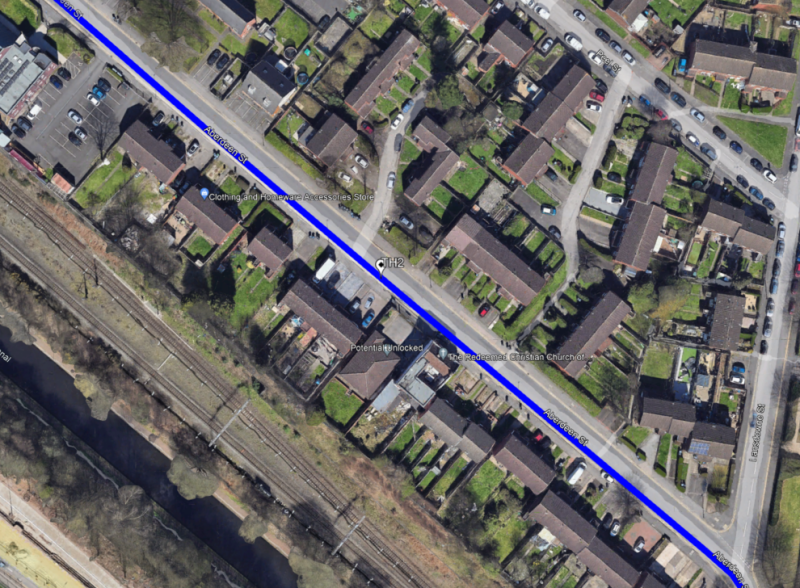
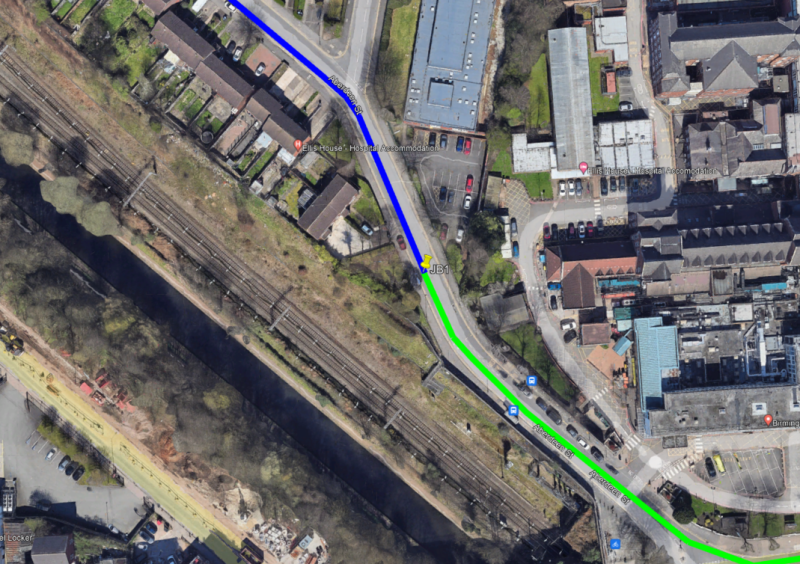
New GP practice joining the Trust
SWB are expanding and would like to welcome Summerfield Group Practice, our newest GP practice, to the organisation.
The surgery offers a range of services to more than 8,000 patients in the Winson Green area.
It’s situated at the Summerfield Primary Care Centre, adjacent to our other surgery Heath Street Health Centre.
Siobhan Preston, Directorate Lead for Primary Care, Communities and Therapies (PCCT), said: “We’re really excited to be bringing Summerfield Group Practice on board to become part of the PCCT family.
“This will bring improved care to our community within the area and wider opportunities for staff.”
New intranet coming in 2024 – we want your input!
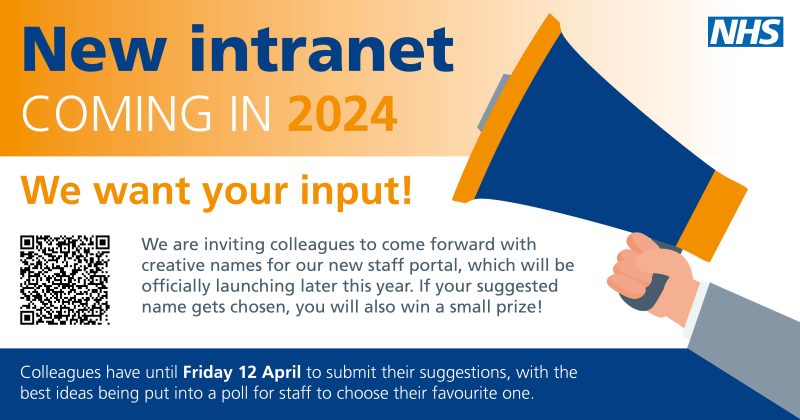 Our communications and IT team are working together to develop and create a new and innovative intranet platform to replace Connect.
Our communications and IT team are working together to develop and create a new and innovative intranet platform to replace Connect.
Connect has been a hub for information, collaboration, and engagement for several years, however, it’s now time for an upgrade – and you can play an exciting part!
We are inviting colleagues to come forward with creative names for our new staff portal, which will be officially launching later this year. If your suggested name gets chosen, you will also win a small prize!
You can submit your ideas by clicking here or by scanning the QR code above.
Colleagues have until Friday 12 April to submit their suggestions, with the best ideas being put into a poll for staff to choose their favourite one.
Join our chaplaincy team for Easter services

Week is one of the most important weeks in the Christian faith, it’s an integral part of the ‘ Lenten ‘ season that focuses on the life and death of Christ.
The team will be hosting ‘Ecumenical Services’ across sites:
- Friday 29 March (Good Friday) – 12.30pm – 1pm at City
- Friday 29 March (Good Friday) – 3pm – 3.30pm at Sandwell
Refreshments will be served to those who attended.
The chaplaincy team will be visiting the wards at Rowley tomorrow (Thursday 28 March) as well visiting the wards at Leasowes today (Wednesday 27 March).
Easter services will be held on Sunday 31 March across City and Sandwell.
- 1.30pm – 2pm at City Hospital
- 2.30pm – 3pm at Sandwell
If you have any questions regarding the service, please contact the team on ext. 3557/5051.
My Part in Midland Met – Emma Loosley

The successful opening of Midland Metropolitan University Hospital relies on many people, teams and stakeholders. Once open, it will have a far-reaching impact – not only on those we care for but also on colleagues and our community in terms of regeneration, jobs, housing, charitable endeavours and so much more.
Getting us to Midland Met is a team effort. We all have a part to play in making it #morethanahospital!
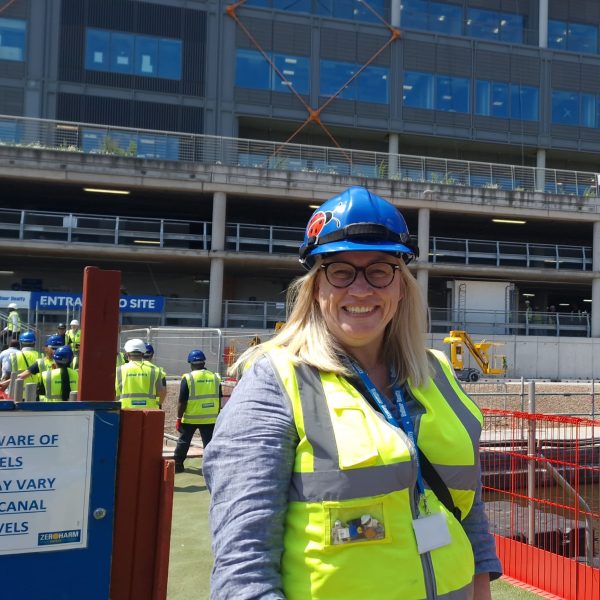
How long have you been at SWB and what is your current role?
I have worked at the Trust for 33 years, starting in September 1990 as a rotational physiotherapist. I’m currently working as a senior commissioning manager as part of the Midland Met programme.
What part does your role contribute to the Midland Met project?
I joined the Midland Met project team in 2014 as a nine-month secondment. I was involved in supporting clinical engagement and design development. My secondment was extended, and my role became permanent to utilise the knowledge and experience I had gained.
I provide the link between the project and the clinical teams, particularly women and child health services, critical care and the adult inpatient wards, answering queries and providing information. I also support the site tours taking clinical teams around the site to see the locations they will be working in.
My role involves working closely with our construction partner, Balfour Beatty, to:
- Progress the benchmark rooms.
- Develop wayfinding.
- Support the development of the fire cause and effect work.
- Undertake a review of the areas as the Balfour Beatty works get completed to ensure that they are clinically functional.
- Develop the plans for the orientation and navigation of staff at Midland Met.
- Taking the infection prevention and control team around the site every four weeks to review progress and solve problems as they arise.
How are you preparing for the opening of Midland Met in your team?
My role is to assist Balfour Beatty in completing Midland Met, helping to resolve issues as they arise and getting information from the clinical teams, when required, to support decision making.
I support services and teams moving into Midland Met to allow them to prepare for their moves. I’m the point of contact for any queries that may arise among the teams I support.
I review spaces to ensure they are as intended and meet the standards agreed upon through the benchmark process.
In what ways will our new hospital help to shape your role for the better?
The focus of my role is to assist the Trust with the process of completing the construction of Midland Met, supporting the activation period when we prepare the finished building to become a hospital ready to deliver healthcare and assisting the teams move successfully to Midland Met.
When Midland Met becomes operational, my role will be to assist, as required, to embed the teams and ensure that any issues they identify are managed appropriately.
The biggest benefit that Midland Met will bring in your opinion is…
Our acute services will be located on one single site allowing care to be delivered in an efficient way with seven-day services for our local population.
What is PSIRF?
The Patient Safety Incident Response Framework (PSIRF) will replace the Serious Incident Framework from Monday 1 April.
The key differences include:
- No more serious incidents, concise reviews, or 72-hour reports
- Compassionate engagement and involvement of all involved including patients and families
- A system-based approach to shared learning and improvement
- Considered and proportionate responses using a range of new information gathering tools
- Avoidance of blame and the capture work as done, rather than imagined
The PSIRF tools include:
- SWARM huddle (link to template)
- After-Action Review (AAR) (link to template)
- Multi-Disciplinary Team meeting (MDT) (link to template)
- Systems Engineering Initiative for Patient Safety (SEIPS) for in-depth investigations
More information on each PSIRF tool will be provided in the following weeks.
Be sure to check out this video for further details:
PSIRF: What is After Action Review?
As you will be aware, the Patient Safety Incident Response Framework (PSIRF) will replace the Serious Incident Framework on the Monday 1 April – click here to find out more.
After Action Review (AAR) is a structured, facilitated discussion of an event, the outcome of which gives the individuals involved in the event understanding of why the outcome differed from that expected and generates learning to assist improvement. It is a highly adaptable process, suitable to increase learning after a wide range of events. Templates to prepare for and record AAR learning should not constrain the reflective nature of the AAR process as the participants learn from each other’s expectations and lived reality and identify solutions for the future within their own sphere of control as well as generate ideas for the team and organisation. All AARs follow a four-question model as below and should be led by a trained “AAR Conductor” who actively creates and maintains a high-quality and inclusive learning environment.
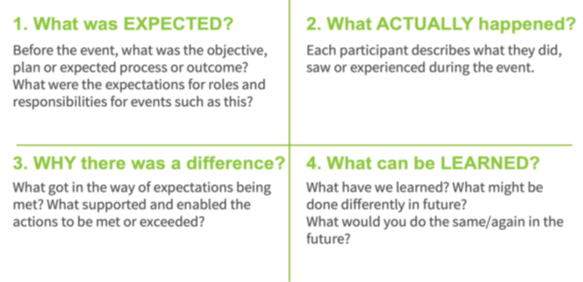
As part of the PSIRF launch, we will be hosting drop-in sessions which will allow colleagues to be better understand the key features of PSIRF and how it will benefit them, learn about incident reporting procedures as well as engage with the Patient Safety team.
PSIRF: What is a multi-disciplinary team meeting?
As you will be aware, the Patient Safety Incident Response Framework (PSIRF) will replace the Serious Incident Framework on the Monday 1 April – click here to find out more.
What is a multi-Disciplinary team meeting (MDT)?
Multi-disciplinary team meeting (MDT) tool is to be used if further learning or unpacking of the event/incident is needed.
The multi-disciplinary team meeting (MDT) review supports health and social care teams to:
- Identify learning from multiple patient safety incidents (including incidents where multiple patients were harmed or where there are similar types of incidents)
- Agree, through open discussion, the key contributory factors and system gaps in patient safety incidents for which it is more difficult to collect staff recollections of events either because of the passage of time or staff availability.
- To explore a safety theme, pathway, or process. There will be many, but examples are:
- delayed recognition of deteriorating patients
- medication errors
- admission or discharge-related safety events
- safety issues relating to supported/therapeutic leave from a mental health unit
- burns or other injuries sustained by residents in a care home.
- To gain insight into ‘work as done’ in a health and social care system
What is ‘work as done’?
By ‘work as done’ we mean how care is delivered in the real world, not how it is envisaged in policies and procedures (work as prescribed) or recounted in a walk through or a talk through (work as described)
Here’s a real-life example of an MDT review.
PSIRF: What is SEIPS?
As you will be aware, the Patient Safety Incident Response Framework (PSIRF) will replace the Serious Incident Framework on the Monday 1 April – click here to find out more.
What is System Engineering Initiative for Patient Safety (SEIPS)?
The System Engineering Initiative for Patient Safety (SEIPS) model is a tool that helps understand outcomes within complex socio-technical systems. It will be used in patient safety incident investigations, but the principles can also be used to guide the other PSIRF tools (SWARM huddle, AAR, MDT).
There are four versions of SEIPS, and all have similar interactive components:
- Work system – that influences
- Processes – that shape
- Outcomes – that identify shared learning
- All three parts can be adapted and interact with each other
The SEIPS tool allows for a more considered and person-centred approach, and it can be used proactively or retrospectively to help problem solve (fig 1 and 2). For more information, please see click here.
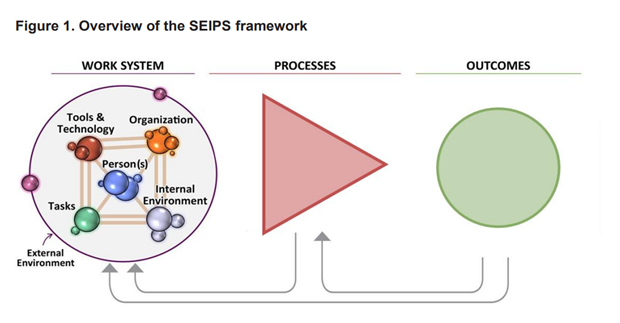
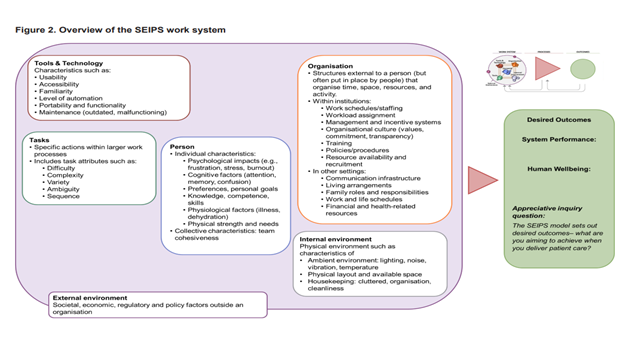
← Older items